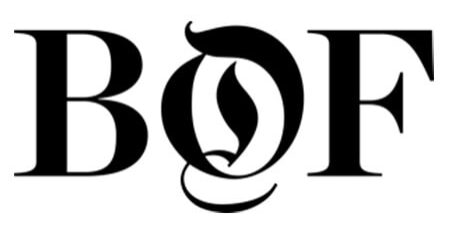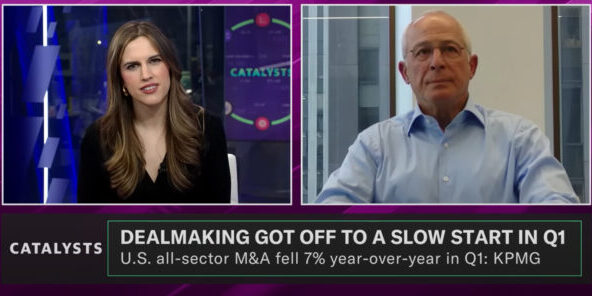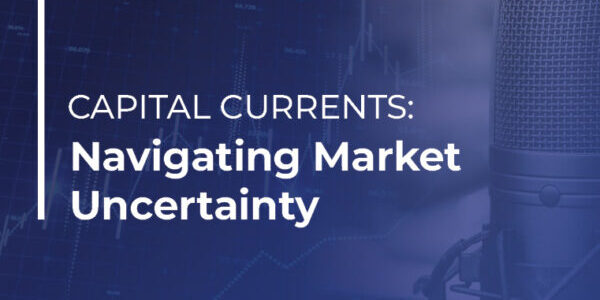Perspectives – Marc Cooper – April 2023
Growth Bubbles and Their Aftermath
by CEO Marc S. Cooper
2023’s bank system instability and corporate layoffs are a valuable, yet painful, reminder of an enduring economic truth: when growth bubbles come to an end, financial institutions and companies that expanded unsustainably often face reckonings.
We’re living in the aftermath of a historic run of loose monetary policy, followed by trillions of dollars of post-pandemic stimulus, that flowed through the global economy. Some business leaders built their businesses and bet big on strategic mergers, assuming the easy money era was the new normal. Not so, it turned out.
Growth bubbles don’t just distort price signals; they can also distort our perceptions. After several sizzling quarters of growth, senior executives may overestimate their business acumen, or even believe their strategies are foolproof, leading to accelerated investments and expansive hiring to meet such demands. A high-speed growth run may be viewed as the new baseline, rather than being sized up analytically as a fortunate set of circumstances, that may prove fleeting.
There’s a tendency for people to fall prey to the recency bias—that inclination to overemphasize the importance of recent experiences, the latest analysis or buzzwords when forecasting future events. In the business world, that kind of thinking can be very costly.
Big Tech giants like Google, Amazon and Meta Platforms — all sporting more than $1 trillion market valuations in 2021 — hired thousands of software engineers to support what they perceived to the “the new normal”. When the Fed pulled its proverbial punch bowl and started raising interest rates to arrest inflation in early 2022, technology stalwarts, venture capital-funded startups and fintech players slammed on the brakes and downsized in a hurry.
Silicon Valley Bank — whose loans, deposits and other assets ballooned from roughly $50 billion at the end of 2018 to about $220 billion by early 2022 — was the first to tumble. SVB’s bond portfolio sank in value as interest rates rose. Anxious depositors headed toward the exits in early March, sealing the bank’s fate. Regulators then shut down Signature Bank over concerns about its lending exposure to the flailing cryptocurrency sector, while First Republic Bank required an emergency $30 billion capital infusion from major banks.
The M&A world hasn’t been immune to this boom and bust cycle, either. Remember 2021? That was a banner year, with the value of global M&A hitting a record $5.7 trillion, powered by deals in the technology, media, telecom, and healthcare sectors.
This year, the muted M&A volume has been felt in many precincts of the investment banking world. Bulge bracket banks such as Goldman Sachs and Morgan Stanley have shed bankers and support staff, while Credit Suisse has been taken over by UBS in a rushed, stage-managed merger by Swiss regulators.
The popularity of special purpose acquisition companies, more commonly called SPACs, also touched its high-water mark, but by the end of 2022, the SPAC craze had wound down considerably. A number of blank-check deals, as they are known, were liquidated, with money returned to their investors.
For me, there are several takeaways from this wild roller coaster ride. First off, beware of proclamations of new economies and eras. I’m a big believer in mean reversion theory—the idea that asset prices and growth trends tend to converge with the long-term average over time.
Secondly, smart management in flush years is just as crucial as in lean times. If the wind is at your back, it’s easy to overshoot on staffing and venture into risky deals, while downplaying the possible downsides. If the party ends sooner than anticipated, unwinding these expansionary moves may be painful, even career-altering, for your most valued employees. Getting this wrong can result in a reputational hit and undermine a company’s future recruiting efforts.
Beyond all that, financial institutions and companies run the risk of losing their core identity in the frenzied pursuit of growth during booms. It’s easier than you think to forget what made you successful in the first place. From my perspective, companies need to ensure that growth does not cause them to drift away from the culture and business philosophy that made them unique.
When I think about Solomon Partners and how we are growing, a key challenge in my view is: how big can we become, while still preserving who we are? Scaling up purely for growth’s sake rarely makes sense for a partnership model like ours. As long as the ethos of our firm endures, I believe that we can manage through whatever gyrations in the business cycle come our way.
Fortunately, we haven’t had to resort to layoffs at Solomon Partners, because we’ve been mindful of how and why we recruit talent. Every new hire should add value to our competitive advantages: a collaborative partnership culture, unrivaled industry expertise, a client-first approach, and all-around good people.
While other investment banks are casting aside talent because they misread the economic trends shaping our industry, this has created a tremendous hiring opportunity for us. It turns out that keeping your head, when all about you are losing theirs, isn’t a bad strategy at all.





